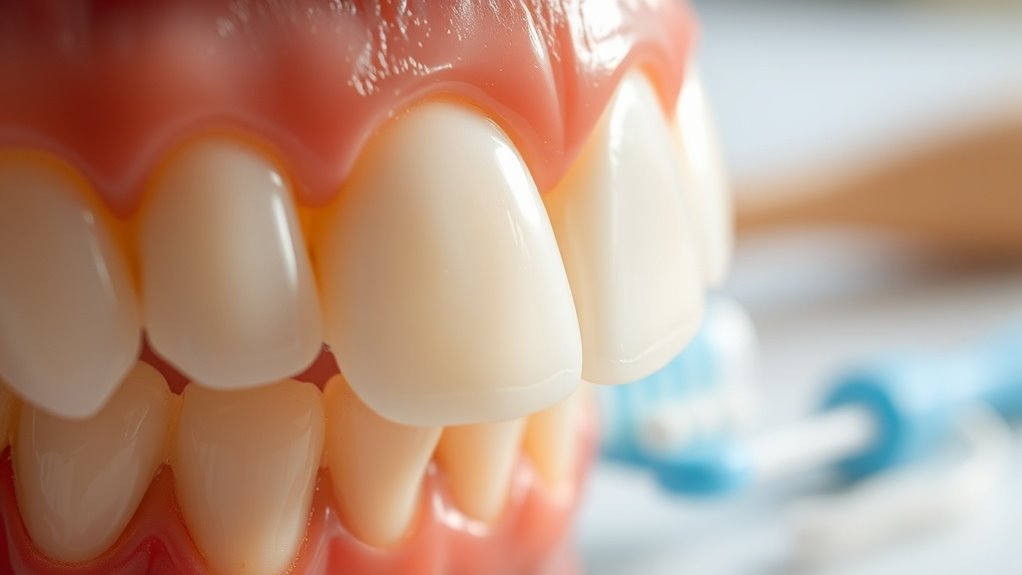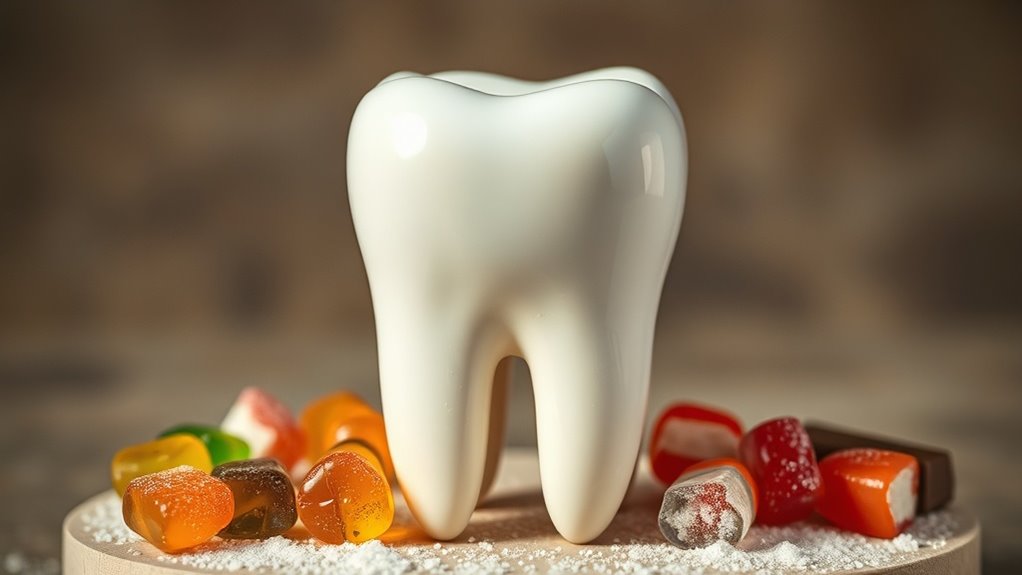Dental Facts You Didn’t Know About Your Teeth
It’s a coincidence that many people overlook their dental health while focusing on other aspects of their well-being. Your teeth, however, hold intriguing secrets that extend beyond simply chewing food. For instance, did you know enamel is the hardest substance in the human body, yet it’s not impervious? Understanding the unique properties of your teeth can shed light on their significant role in your overall health, beckoning you to explore these fascinating facts.
The Hardest Substance in the Human Body
While you may think of bones as the strongest parts of your body, enamel actually holds the title of the hardest substance in the human body. This dental fact underscores enamel’s critical role in protecting your teeth from decay and damage. Composed primarily of hydroxyapatite crystals, its unique structure allows it to withstand significant pressure, making it essential for effective chewing and overall dental health. Additionally, strong enamel is vital for maintaining overall dental health, as it helps prevent increased sensitivity and cavities.
Enamel Is Translucent, Not White
You might think your teeth are purely white, but enamel is actually translucent.
This translucency affects how you perceive the color of your teeth, influenced by factors like the underlying dentin and lighting.
Understanding enamel’s true nature helps clarify its protective role and how it contributes to your overall dental health. Additionally, maintaining a diet rich in calcium and vitamins is crucial for bolstering enamel and preventing decay.
Color Perception Factors
Though many people perceive teeth as pure white, the reality is that enamel is translucent and varies in color due to several factors. These factors include the thickness of the enamel, underlying dentin color, and lifestyle habits. Understanding these influences can help you appreciate the natural variations in your teeth’s color.
| Factor | Influence on Color | Description |
|---|---|---|
| Enamel Thickness | Affects light reflection | Thicker enamel appears lighter |
| Dentin Color | Underlies enamel | Dentin shades can darken the appearance |
| Lifestyle Habits | Staining agents | Foods, drinks, and smoking impact color |
| Age | Enamel wear | Older teeth may yellow over time |
Enamel’s Protective Role
Enamel plays an essential protective role in dental health, as it serves as the outermost layer of your teeth. This translucent substance shields against decay and physical damage, ensuring your teeth remain strong.
While it may appear white, its actual color depends on the underlying dentin. Understanding enamel’s properties helps highlight the importance of oral hygiene in maintaining this vital barrier.
Baby Teeth Have a Limited Lifespan
Most children will lose their baby teeth between the ages of six and twelve, making these temporary teeth important for early dental development.
Here are a few key points to remember:
- They serve as placeholders for permanent teeth.
- They help in speech development.
- They aid in proper chewing.
- Taking care of them guarantees healthy adult teeth.
Understanding their limited lifespan is vital for your child’s oral health, as baby teeth are essential for developing a healthy mouth and smile.
Your Teeth Have Unique Patterns Like Fingerprints
Your teeth possess distinct patterns, much like your fingerprints, offering a unique dental identification method.
Variability in enamel surfaces further influences these patterns, making each set of teeth unique to the individual.
Genetic factors also play a role, shaping the formation and characteristics of your dental structure.
Dental Identification Techniques
Just like fingerprints, each person’s dental structures display unique patterns that can serve as a reliable form of identification.
Here are four dental identification techniques:
-
Dental Impression: Molds a person’s teeth for accurate mapping.
-
Radiographs: Uses X-rays to reveal internal tooth structure.
-
Tooth Numbering: Assigns unique identifiers to each tooth.
-
Comparison Analysis: Matches dental records for identification.
These methods help establish identity effectively.
Enamel Surface Variability
Enamel surface variability presents a fascinating aspect of dental uniqueness, much like fingerprints.
Your teeth exhibit distinct grooves, ridges, and patterns formed throughout your life. This variability can influence everything from your bite to susceptibility to cavities.
Understanding these unique characteristics not only enhances your appreciation for your smile but also plays a significant role in personalized dental care practices.
Genetic Influence on Patterns
The unique patterns found on your teeth are largely influenced by genetics, much like the fingerprints that distinctly identify individuals.
These patterns can reveal various traits about you, including:
- Susceptibility to dental diseases
- Abnormalities in tooth development
- Genetic lineage information
- Potential for orthodontic needs
Understanding these patterns can enhance your dental care, making it essential for personalized treatment strategies.
Oral Bacteria Can Influence Your Overall Health
Did you know that the bacteria living in your mouth can greatly impact your overall health? These microorganisms can influence conditions such as heart disease, diabetes, and respiratory issues. Here’s a quick breakdown:
| Bacteria Type | Health Impact | Prevention Tips |
|---|---|---|
| Streptococcus | Heart Disease Risk | Maintain Oral Hygiene |
| Porphyromonas | Diabetes Complications | Regular Dental Checkups |
| Fusobacterium | Respiratory Infections | Healthy Diet |
| Bacteroides | Inflammation | Stay Hydrated |
| Lactobacillus | Gut Health Boost | Probiotics |
Maintaining good oral health is essential as oral health influences systemic inflammation levels, impacting overall body health and disease risk.
Animals Have Different Types of Teeth for Their Diet
While you mightn’t think about it often, the types of teeth animals possess reflect their dietary needs and habits. Here’s a quick breakdown:
-
Carnivores – Sharp teeth for tearing meat.
-
Herbivores – Flat molars for grinding plants.
-
Omnivores – Mixed teeth for diverse diets.
-
Insectivores – Pointed teeth for catching insects.
Understanding these adaptations helps you appreciate the connection between teeth and diet in the animal kingdom.





